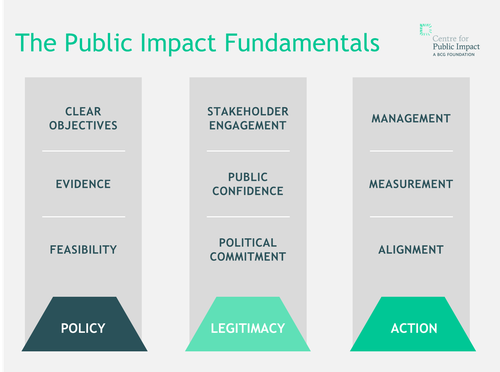Did you know that drones can deliver life-saving medical care in a fraction of the time traditional emergency services can? Have you heard of drones being used to find missing people on the Cumbrian coast? Or have you come across the story of the two teenage boys who were stuck on top of a roof in Gainsborough and were rescued safely because a drone helped to determine their exact location? The opportunities of drones are significant and it is hardly surprising that experts estimate the sky will be at least ten times busier in 2035 than today.
However, the public have legitimate concerns about drones. There are fears of them being misused for illicit purposes, invading our privacy, and creating increased levels of noise pollution. So, how can we reconcile the immense opportunities of drones on the one hand, with the public’s distrust towards drones on the other?

To avoid missing out on this opportunity, it is important to think through all the elements that will affect whether drones will improve our lives right from the start. At the Centre for Public Impact (CPI), we are excited about this opportunity to work with Nesta to develop a national vision for drones. Our framework, the Public Impact Fundamentals, will allow us to assess and better understand the critical drivers of achieving public impact using drones. We have developed and tested our framework with governments and their partners around the world and we are confident that it will allow us to identify how we can unlock the greatest value of drones for all.
Legitimacy is the underlying support for an objective and attempts to achieve it: What are the public's fears and concerns about drones and what can we do to address them? Who are the key stakeholders that we need to engage on a national level and what political support is needed to make this a success?
Policy is about the quality and design of an initiative or programme intended to achieve impact: What are the overall objectives of our vision for drones in the UK? Is there evidence of frameworks that have been tested in other countries before? With regulatory and technological barriers in mind, what is feasible today?
And the third Fundamental is Action, the translation of initiatives and ideas into real-world effects: What kind of team and skills do we need to make the drone technologies a success for everyone? How do we monitor the impact of drones holistically? Who are the main actors and what are their different interests?
Over the last six months, we have been working with five cities and other key stakeholders to get a better understanding of the public impact of drones. Nesta’s national vision will reflect what we’ve learned by setting out how a national framework around drones should develop. It will include recommendations on what the UK should prioritise: how to stimulate the right innovation, how to create regulation to meet the needs of the evolving technology, and, most importantly, how to build legitimacy and gain public trust.
It’s been an exciting project to work on – and there’s much more still to come. Watch this space!